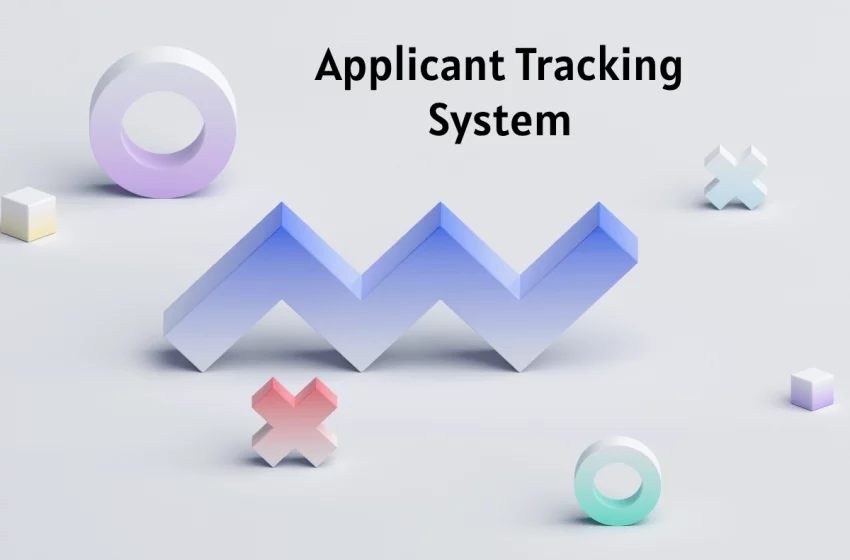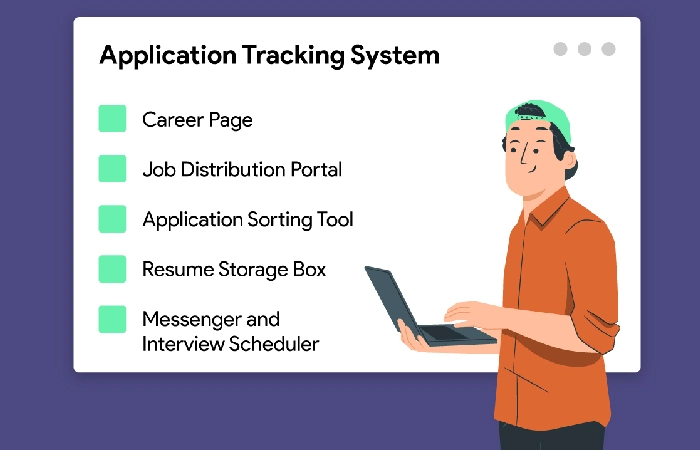
Applicant Tracking System: 7 Ways It Can Impact Your Business
An applicant tracking system (or ATS) is a piece of software that aids in the improvement and streamlining of the hiring process. It also makes it easier to organize, monitor, and track applicants and requirements for recruiting.
The main advantage of an ATS is that it eliminates manual monitoring of requisitions and applicants while also making work more accessible. ATS streamlines the recruitment process by employing artificial intelligence to screen the most qualified applicant from the profile pool.
Nowadays, it’s easy to find an ATS you can implement in your business. However, you shouldn’t just go with the first one you see; make sure to check the different options available to you so you can choose the best one for your company. For example, a brand like HigherMe may offer an ATS that comes with features other brands might not have. An applicant tracking system like this can assist you in storing applicant information and makes it simple for you to search for and select qualified resumes that meet job requirements.
Here are several ways ATS can impact your business.
Table of Contents
1. It Streamlines The Hiring Process

An applicant tracking system can assist you in organizing the whole recruitment process and centralizing all your recruiting tasks and resources in one location. This eliminates the need to transfer between multiple platforms and tools to perform your activities.
Emails, spreadsheets, calendars, phones, job boards, social media, the company website, applications, and video interviewing tools—these will be easily accessible with a single easy-to-use applicant tracking system interface. This means you’ll be able to keep track of, manage, and monitor all of your applicants’ development in one place.
2. It Speeds Up The Hiring Process
Recruiters save much time by utilizing an applicant tracking system since it automates many tasks that used to be done manually. Once applicants have completed their application form, an applicant tracking system will cover the rest.
It will save their resumes, create detailed profiles for them, evaluate their applications, and reject those who aren’t qualified. The sole responsibility left to recruiters is to select the most qualified individual from the applicant tracking system’s list.
3. It Provides Resume Storage
ATS is an excellent tool when its functionality is paired with a full-text search. You can enter every resume you get into an applicant tracking system, along with appropriate candidate remarks, and after a while, you’ll have a rather valuable internal database of applicants.
This streamlines the paperwork process for recruiters and increases efficiency. Having an ATS also allows you to keep resumes in case recruiters want examples or need a reference point when re-evaluating applications.
4. It Helps Prevent Recruitment Bias
Recruiters should employ recruitment tools to adopt a data-driven strategy to obtain an unbiased perspective. An applicant tracking system reimagines the whole hiring process by automating and unbiasedly assessing, monitoring, and fine-tuning all underlying recruiting elements. It will allow recruiters to find the top candidates for the job regardless of gender, race, nationality, or other variables.
5. It Improves The Recruitment Experience
An applicant tracking system improves the candidates’ experience by allowing you to communicate with all your applicants and candidates at any time during the recruiting process and after that. The most common cause of a negative applicant experience is a lack of response from the potential employer, and an ATS allows you to prevent that.
An application tracking system usually has built-in recruiting email templates that you can automate and send in bulk. With this, recruiters can communicate with all the candidates promptly without wasting time and effort.
6. It Provides Valuable Insights
Applicant tracking systems have sophisticated analytics built-in, which will help you optimize your recruiting process. An applicant tracking system will track and measure every stage of your hiring process, as well as every one of your applications.
This means it will automatically collect a large quantity of data, compute a range of recruitment metrics, and provide visually appealing and easy-to-understand reports. These reports will provide helpful information about the parts of your recruitment process that yield the best results.
The reports will also show you which parts don’t work, pointing out bottlenecks and areas of your hiring process that need to be improved.
7. It Boosts The Business’s Employment Brand

Because of the customization and branding choices for job postings, application forms, career sites, and email messages. Using an applicant tracking system in the recruiting process also helps reinforce the employer brand along the candidate’s journey.
Aside from that, an application tracking system’s connectivity with the company’s career page is a huge plus. Recruiters no longer have to publish available positions on the corporate website manually.
Takeaway
Many organizations utilize applicant tracking systems to handle job applications and manage the recruiting process more easily. Given how technology has helped make many business processes more efficient. It shouldn’t be difficult to make the decision to get an ATS for your business. Keeping the above points in mind, this would be a great way for you to automate most of the tasks that usually take up recruiters’ time. Particularly if your business often conducts recruitment on a large scale.


